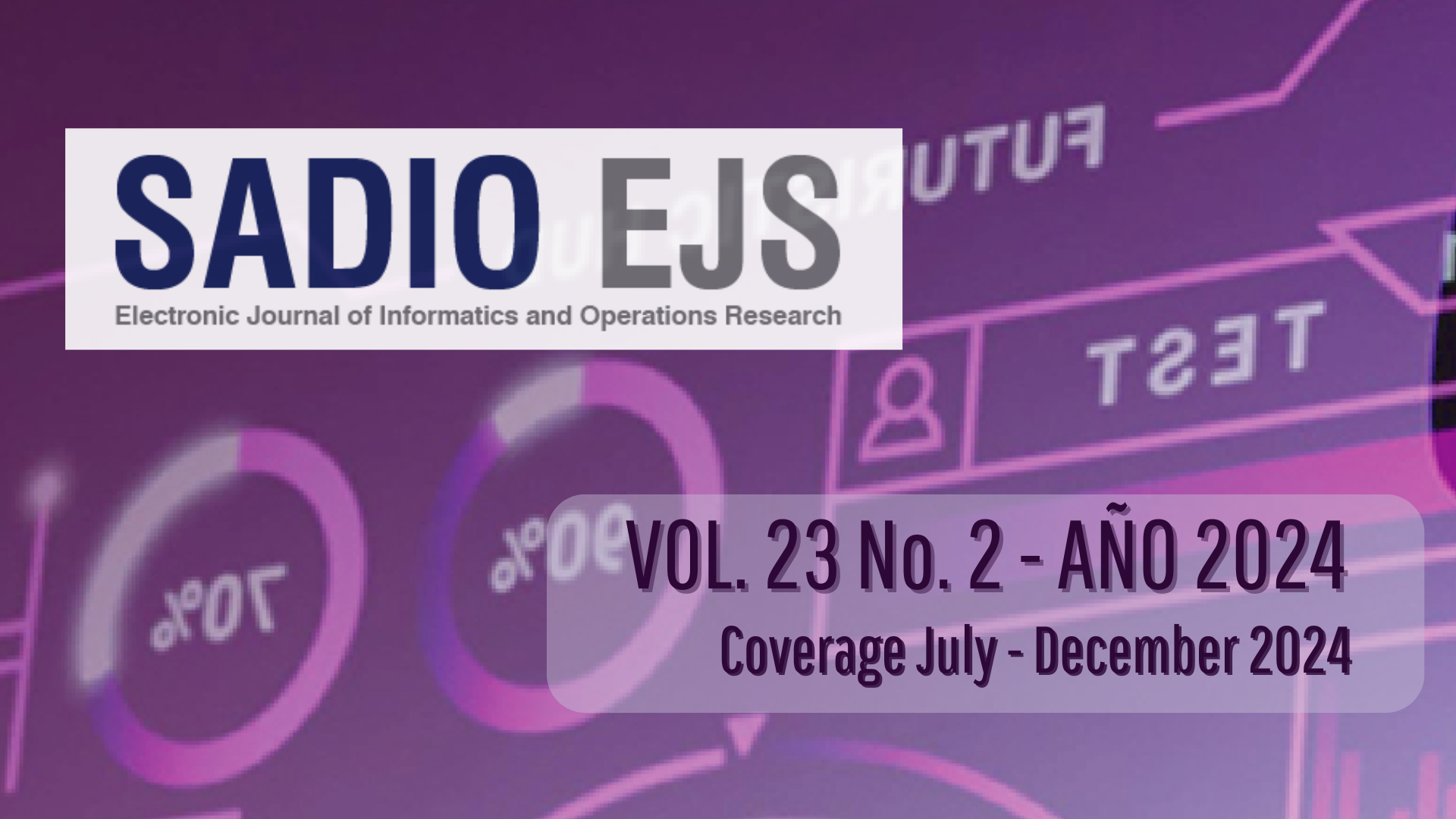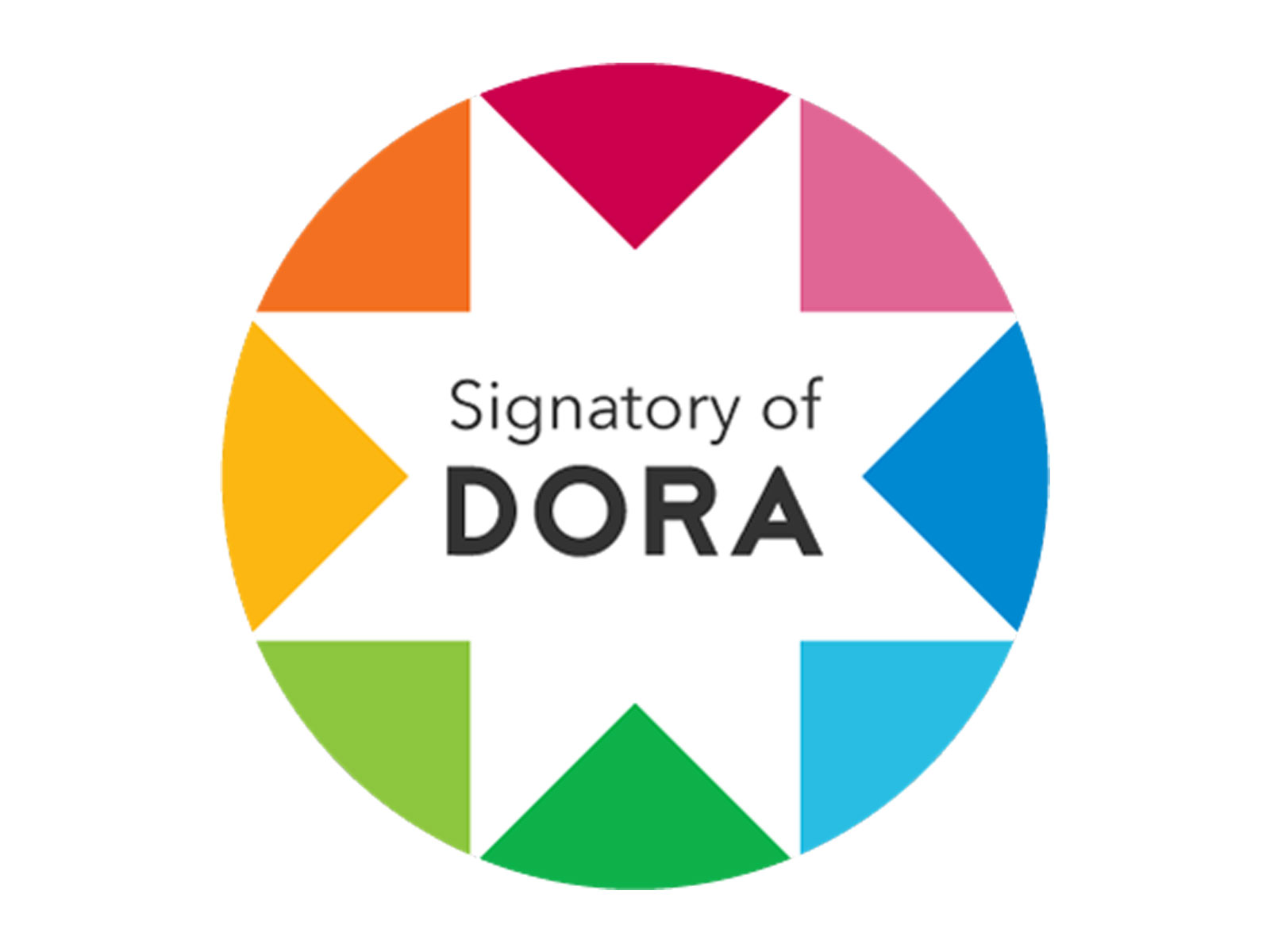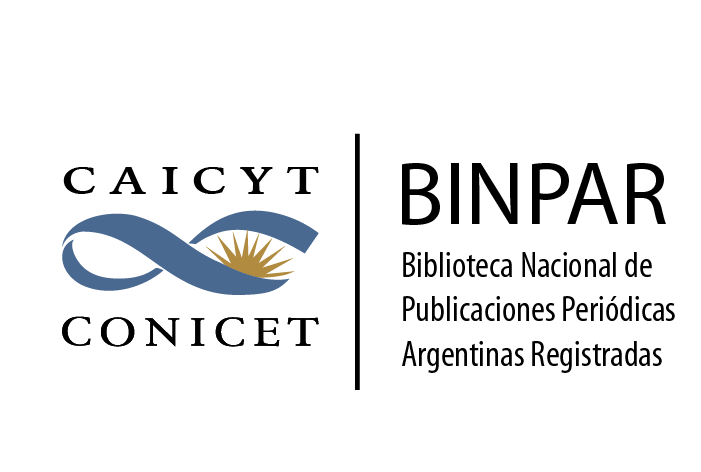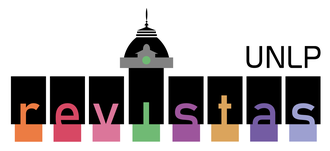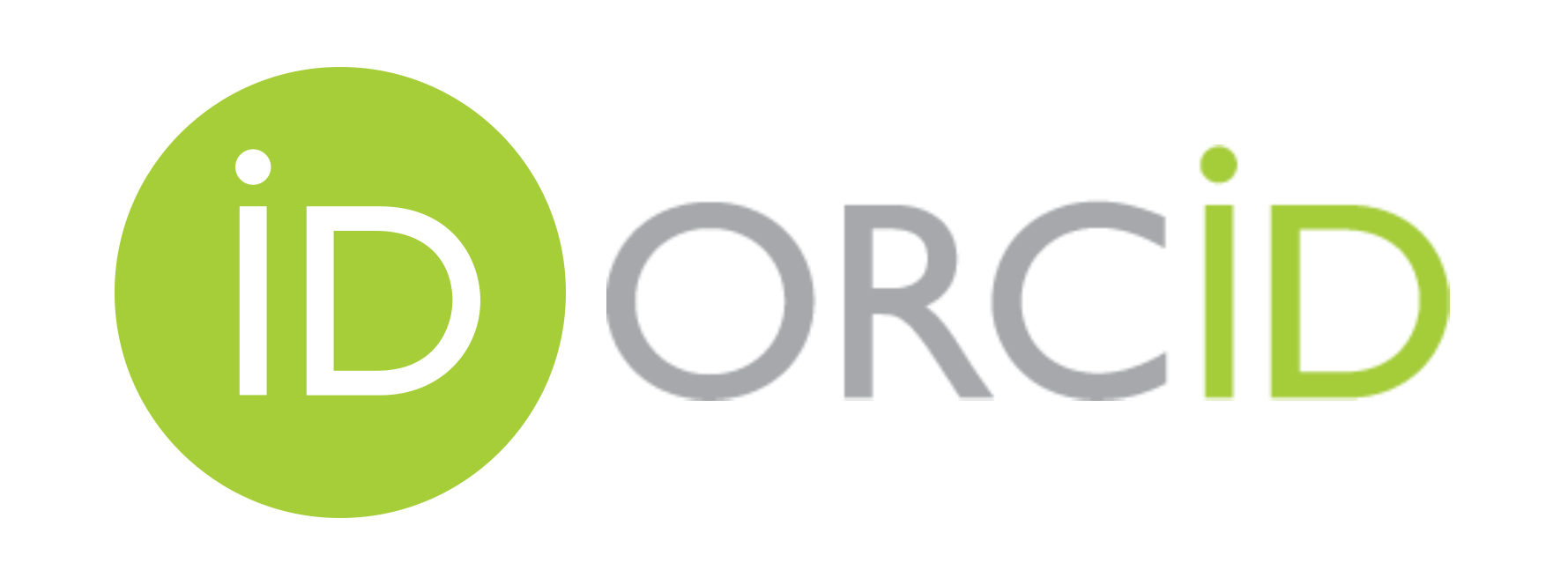Introductory Programming Courses Teachers' Conceptions in Relation to the Competencies Enunciated in the Standards
DOI:
https://doi.org/10.24215/15146774e055Keywords:
competencies, didactic conceptions, curriculum design, teaching approaches, introduction to programmingAbstract
A study carried out on the didactic conceptions of teachers of introductory programming courses has obtained results regarding the competencies that these teachers consider necessary to achieve in these courses. These concepts were categorized into competencies and then analyzed with respect to the generic and specific competencies included in the CONFEDI proposal and the basic curricular contents established by CONEAU. This analysis has shown that teachers would not uniformly assess the competencies they intend to develop in their courses and that this would be related to the approach that each one makes to teaching. The theory postulates that the relationship between teachers' didactic conceptions and the approach they give to teaching would correspond biunivocally, and there are experimental studies that verify this relationship.. Therefore, the core competencies of introductory teachers were classified according to their teaching approaches. The results obtained would allow the outlining of guidelines for the management of competencies according to their impact on the curriculum of the career, as well as teacher training plans.
Downloads
Downloads
Published
Issue
Section
License
Copyright (c) 2024 Ana Piccin, Graciela Hadad, Diana Cicinelli

This work is licensed under a Creative Commons Attribution-NonCommercial-ShareAlike 4.0 International License.
Those authors who have publications with this journal, agree with the following terms:
a. Authors will retain its copyright and will ensure the rights of first publication of its work to the journal, which will be at the same time subject to the Creative Commons Atribución-NoComercial-CompartirIgual 4.0 Internacional (CC BY-NC-SA 4.0) allowing third parties to share the work as long as the author and the first publication on this journal is indicated.
b. Authors may elect other non-exclusive license agreements of the distribution of the published work (for example: locate it on an institutional telematics file or publish it on an monographic volume) as long as the first publication on this journal is indicated,
c. Authors are allowed and suggested to disseminate its work through the internet (for example: in institutional telematics files or in their website) before and during the submission process, which could produce interesting exchanges and increase the references of the published work. (see The effect of open Access)

